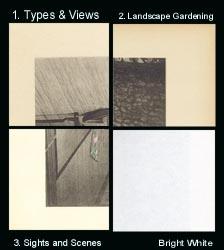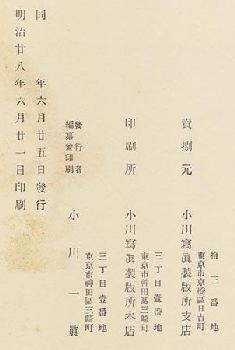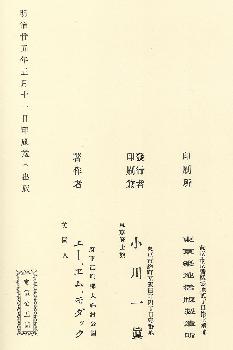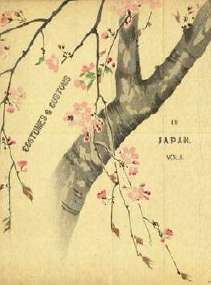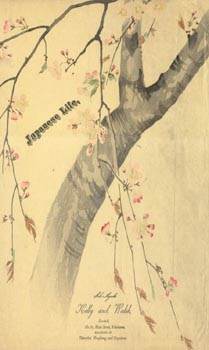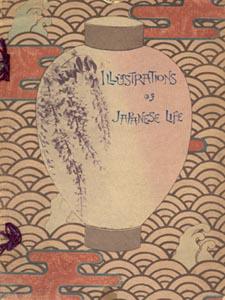Celebrated Geysha (Geisha) of Tokyo
|
|
Ogawa, K. (Kazumasa) Types of Japan, Celebrated Geysha of Tokyo in Collotype and From Photographic Negatives Taken by Him, Tokyo, K. Ogawa, Folio (11 3/4 x 16 in - 30 x 40.5 cm), ca 1892~5, decorated card covers, string ties, spine not covered, no text, 12 black and white collotypes with tissue guards, each one from a posed (fully clothed) photograph of a famous Tokyo geisha. On each plate the name of the geisha is printed below the image. The book has been examined with two slightly different titles on the cover (see above). The first title does not give an address and it characterizes the plates as "In Collotype" The second title lists the address of No. 1, Iidamachi Shichome, Kojimachiku and characterizes the plates as "In Phototype." Phototype is another term for collotype. This is one of Ogawa's most famous works. This book commemorates the opening of the Ryounkaku in Asakusa ("Asakusa Twelve Stories - Ju-ni-kai") which was the tallest building in Tokyo (Japan's first Western style skyscraper) at the time and a well know "amusement center" in Tokyo. The Ryounkaku was designed by the British engineer William K. Burton. It gained fame as an early Western style building in Meiji Tokyo. To see a woodblock illustration of the Ryounkaku published in the March 1891 issue of Fuzoku Gaho, click here. The building was damaged by the earthquake of 1894 and ultimately had to be destroyed because of damage from the earthquake of 1923. To see the Ryounkanku after the 1923 earthquake (only 9 stories standing), click here. To see a picture of the Ryounkaku before and after the earthquake of 1923, click here (from Earthquake Pictorial of Japan, 1st September 1923 found here). The Ryounkaku opened in Meiji 23 (1890) and it is possible this book dates to that year. Unfortunately, there usually is no colophon. In July of 1891 an exhibition of 100 portraits of Geisha was held at the newly opened Ryounkaku. Ogawa produced albumen photographs for that event. Some, if not all, of the collotype portraits in this book were exhibited as colored albumen prints at this exhibition. Visitors at the exhibit voted on the most popular geisha. The winner of the vote was "O-Tama" from the Tamagawaya geisha house in Shinbashi. Three other K. Ogawa books (perhaps more) were subsequently published on the topic of Geishas. Another book by the same title, Celebrated Geysha of Tokyo, ca 1895, contains 9 collotype plates with 105 portraits. Geishas of Osaka and Kyoto, ca 1895 contains collotype plates. Geisha of Tokyo, Hyaku Bijin - Japanese title: [Tokyo Hayaku Bijin] (One Hundred Beauties of Tokyo), 1902 contains collotype plates, probably most were two per page with the Geisha's name in English and Japanese. These later books were also produced in much less expensive half-tone (photo-engraved) versions. Attributing a precise date of publication to this book is problematic. Most of the 12 plate books of this title do not have a colophon. Wenckstern's Bibliography of the Japanese Empire No. I, states: Ogawa's Collotype-Albums of Japanese pictures, folio, Tokyo no date [1891-3] Types of the celebrated Geishas of Tokio, 12 plates, no text ($2.50) (at page 167) This book was advertised for sale in Japan in 1894. To see an advertisement from 1894 for this and other Ogawa books, click here.
One book I have examined had a colophon laid in on the inside of the back cover. This colophon contained the date of Meiji 28 (1895). The colophon is below. 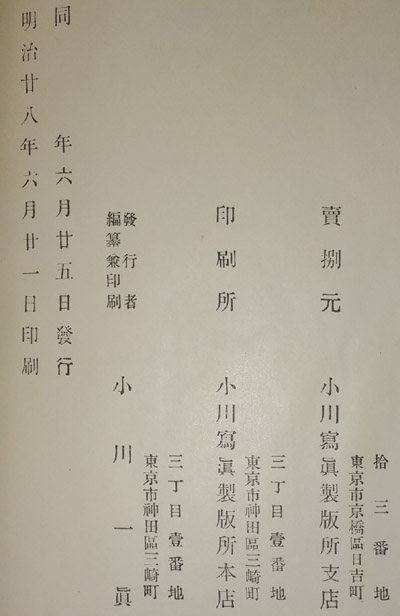 This is the same colophon found in Ogawa's Costumes and Customs books. * A Bibliography of the Japanese Empire, Being a Classified List of all Books, Essays and Maps in European languages relating to Dai Nihon [Great Japan], Published in Europe, American and in the East from 1859-93 A.D. [VIth year of Ansei -- XXVIth of Meiji] compiled by Fr. Von Wenckstern To which is added a facsimile-reprint of: Leon Pages, Bibliographie Japonaise depuis le XVe siecle jusqua 1859. (1895) For information on Kazumasa Ogawa, click here.
|
|
|
|
I believe that a K. Ogawa photograph (apparently not previously published in a book) from this series was later used as a colored albumen photograph in the F. Brinkley 10 volume deluxe series, Japan Described and Illustrated. Notice the similarity between the Brinkley color albumen photograph titled "A Tokyo Beauty" (Volume III, "De Luxe" Edition) and a K. Ogawa's collotype from Celebrated Geysha of Tokyo published ca 1892. This individual is also found in K. Ogawa's Types of Japan, Celebrated Geysha of Tokyo in Collotype (here). In the third plate, second image from the left at the bottom, in that book she is identified as "Tamae from Nihonbashi." (Thanks to Kjeld Duits (DUITS - Journalism & Photography from Tokyo, Japan for this information.
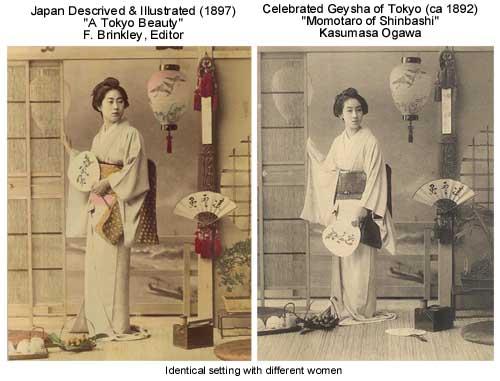
|
|
The Perry Expedition: General Information : Related Books/Pubs The Lithographs: Characteristics : Condition : Listing : Buying Order On-line: Lithograph Price List : Book Price List ABE Book List: BaxleyBooks Inventory on ABE Special Interest Books/Art: ~ K. Ogawa - Color Collotypes and Books/Prints ~ T. Hasegawa - Color Woodblock Books ~ Shimbi Shoin - Art Reproduction Books ~ Tamamura/Takagi, Kobe - Color Collotype Books ~ Georges Bigot - Etchings & Art ~ Keisuke Serizawa - Calendar Folios & Art ~ Woodblock Printing - Process & Miscellaneous Books ~ Japanese Woodblock Prints ~ Blackie the Photographer - Okinawa Photo Essay Books Meiji Era - Japan Views & Images (Price Lists & Information): ~ Albumen Photos : Chromolithographs ~ Colored Albumen Photographs (from Brinkley Books) ~ Stereoviews : Kazumasa Ogawa Collotypes ~ CDV - K. Ogawa : CDV - Other : Cabinet Cards ~ Glass Slides, "Magic Lantern" - Hand Colored ~ Fujiya Hotel, Miyanoshita PayPal Accepted: Pay for Purchases with PayPal Buying Books: Our Book Buying Interests BaxleyStamps: Main Page : Ryukyu Stamps : Japan Stamps Copyright and Fair Use Policy is here.
|
|
If you have material to sell, please visit this page: Buying.
George C. Baxley
Perry Expedition to Japan Books & Lithographs |
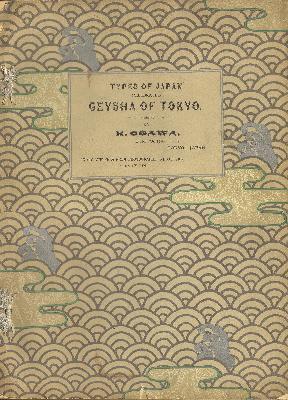
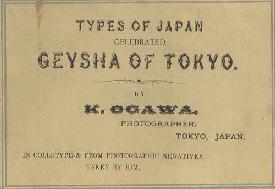
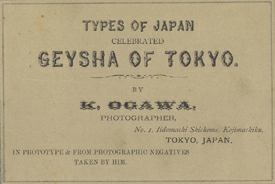
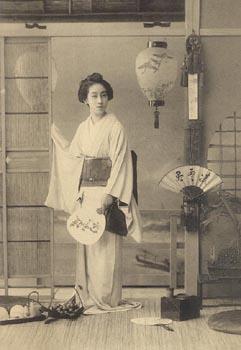
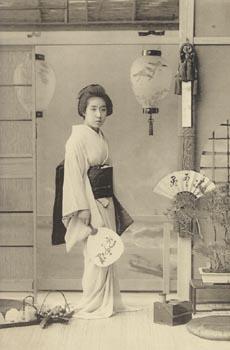
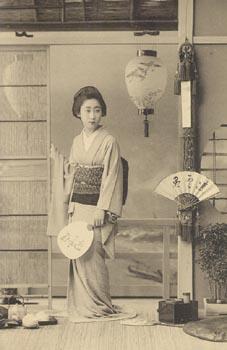
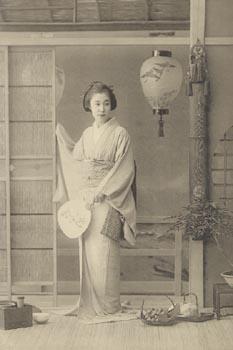
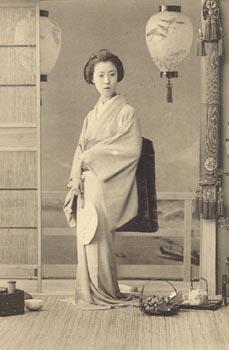
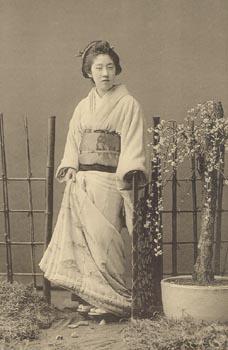
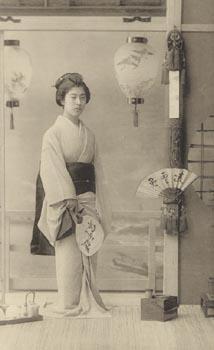
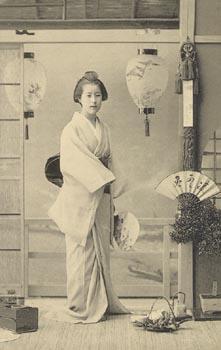
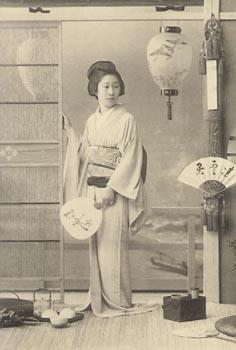
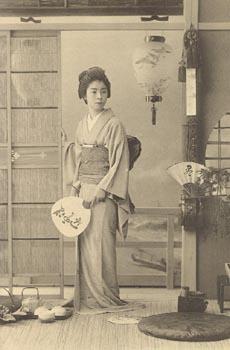
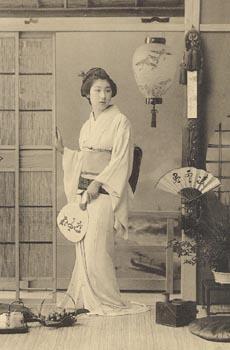
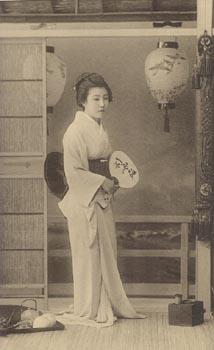
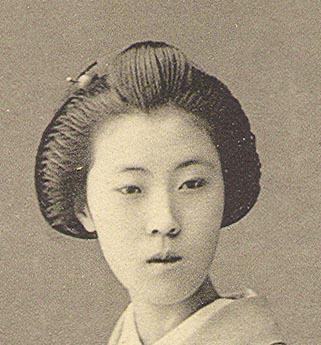
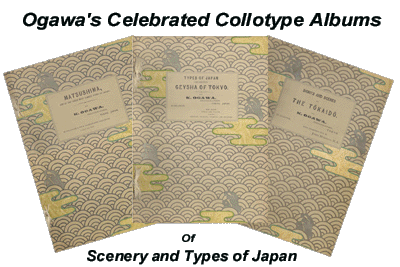
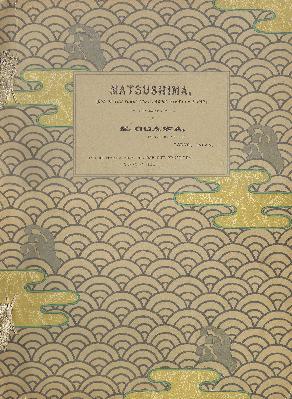
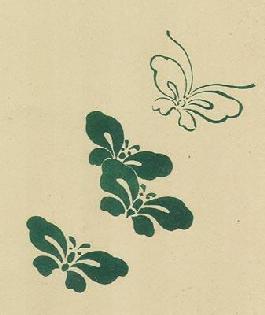
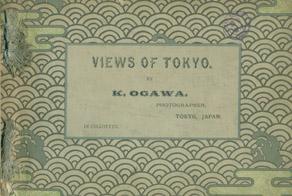
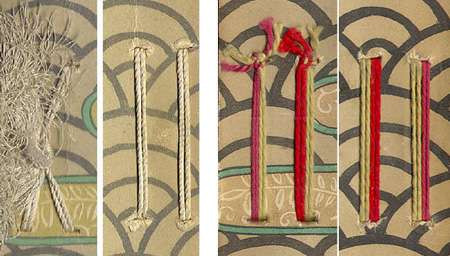
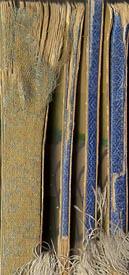
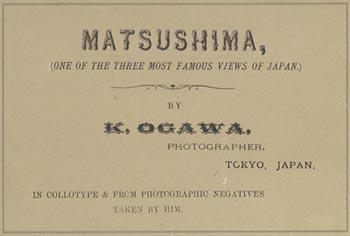
 Types and View books
Types and View books Landscape Gardening Supplement (1893)
Landscape Gardening Supplement (1893)
 Sights and Scenes in Fair Japan (1910)
Sights and Scenes in Fair Japan (1910)
 Bright white paper for comparison
Bright white paper for comparison
